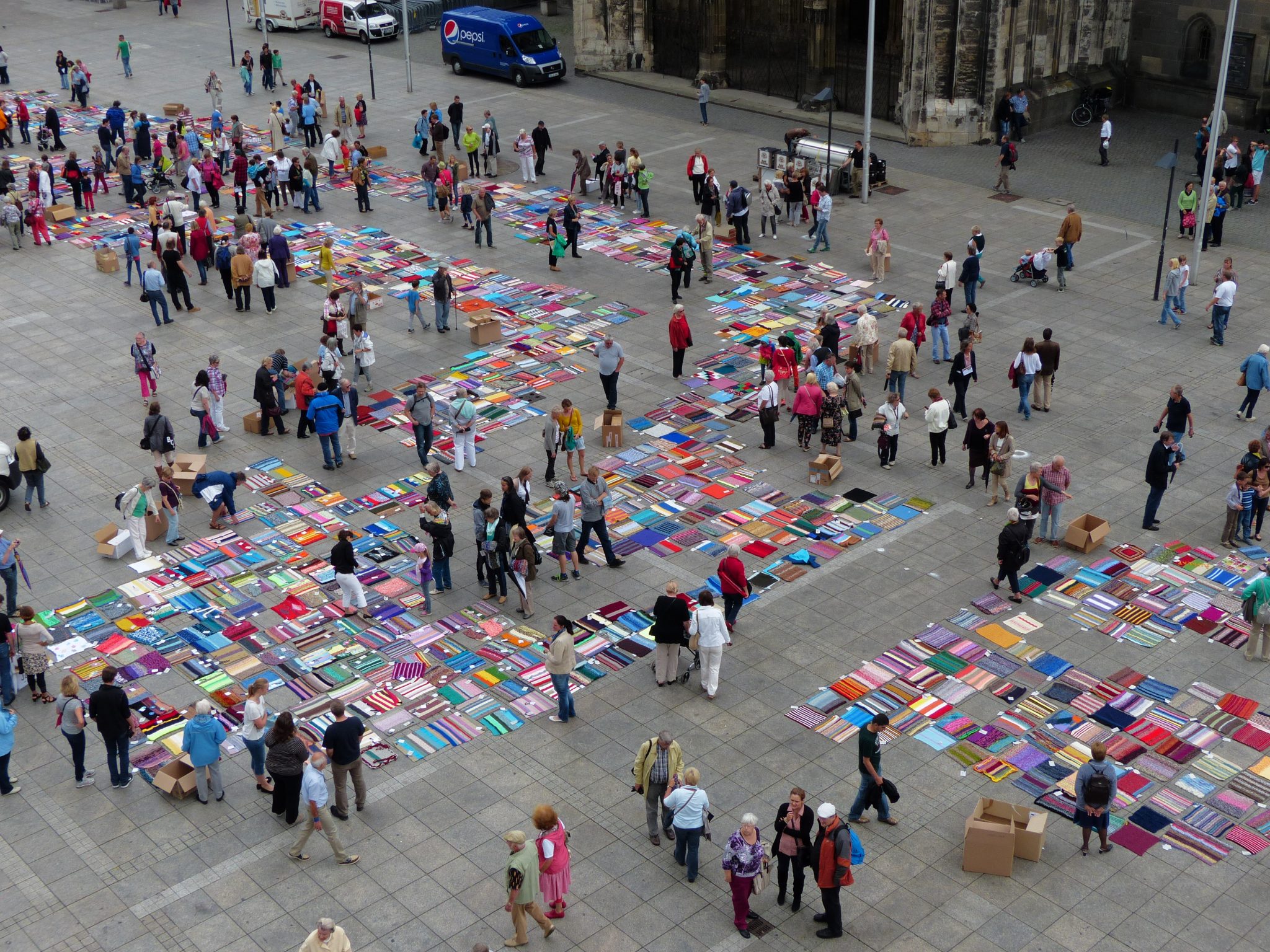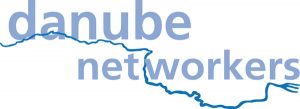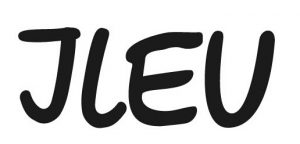The Wanted Danube

Aim
The aim of the project was to address as many people as possible from all the Danube countries with a simple, but very effective idea: People all over the Danube countries were invited to crochet a simple woolen ribbon that symbolizes the river Danube, and shows the community and togetherness of the Danube people. The approach of the project was to reach a very diverse group of people, especially those people who are usually not aimed at in transnational projects (esp. elderly people), and who are not necessarily able to speak a foreign language. This was the prerequisite that people were able to meet as equals with irrespective of their social and/or educational background, and this is what made the project inclusive. By bringing together all kinds of different people in the Danube region, attention was also drawn to various other civil society activities in the Danube region.Full Description
In November 2013, the Danube-Networkers started a project addressing as many people as possible from all Danube countries: The project was called “Die gewollte Donau/The Wanted Danube”. The name implies the idea behind the project: people along the Danube want to be connected to each other. The project’s approach: to crochet a simple woolen handmade ribbon– at its best as long as the Danube river (2.857 km) as a symbol of a wanted Danube community and a demonstration of togetherness. The wool which was used in the project, was donated. The big finale of the project was the presentation on the Cathedral square (Münsterplatz) in Ulm during the International Danube festival in Ulm on 13th of July 2014.
The project was combined with numerous activities in all Danube countries in schools, associations, seniors’ organizations and in a “civil society” action during the Danube festival, in which the participants got to know each other better, especially people living in the South-East countries along the Danube river and to understand what they do, where and how they live. It was also a chance to talk, to share ideas and experiences and to create ideas for common projects.
The project combined approaches of the urban knitting initiatives with methods of the activating pedagogy as well as with approaches of oral history. Designed as a parallel to the European Union’s Danube Area Strategy, which involves policies and economy, the goal of “The Wanted Danube” was addressing people on a personal level. They viewed it as a positive challenge to get involved with each other and to improve their mutual knowledge, especially people from Western and South Eastern Europe, as well as the people from different ethnicities in various Danube countries
Project partners:
- DANET e.V., Germany
- ILEU e.V., Ulm, Germany
Step by Step Explanation
-
1
ILEU, as a member of the educational network DANET, coordinated the project. DANET is very good connected within the Danube countries. They ound partner institutions in the Danube countries who were willing to join as national coordination units. These coordination units were responsible for PR, educational actions, and logistics.
-
2
ILEU worked on numerous PR measures: Posters, flyers, calls for action, an interactive, multilingual website, and distributed them within Germany. They translated them also into English, so that the partner were able to translate them into their respective languages.
-
3
All coordination units set up knitting/crocheting events in their respective countries: Long ribbons were chain-stitched from leftover pieces of wool yarn. The colourful ribbons were collected, measured and labeled with their length in meters and the names of their producers.
-
4
All woolen pieces were collected and registered in Ulm.
-
5
ILEU organized a big event/exhibition of all the woolen pieces in Ulm. The pieces were shown to the public in front of the Ulm cathedral during the International Danube Festival. The 3.649 hand-knitted Danube River carpets (=woolen pieces) were laid out in the shape of the river Danube. Many of the participating crocheters and knitters from the different Danube countries finally got the chance to meet each other, to admire the results of their teamwork, to share opinions and to make new friends.
-
6
Donation campaign: After the exhibition the woolen pieces were given away for charity. The funds were donated to aid programmes in the partner countries.
Results
Implemented Methods
Danube Activities for Pupils
Many activities happened in schools and kindergartens. There were special calls for teachers, who were being invited to join the projects with their classes. All types of schools participated. The activities were being tailored depending on the age of the students. There were activities for different school subjects, e.g.:
– German lessons: Storytelling; Storytelling cafés combined with crocheting activities
– Geography lessons: Research on the neighbouring countries
– Art lessons: Building on Danube sculptures
– Math lessons: Calculating competitions with the aim of figuring out, which students crotched the longest part of the Danube
There were also crocheting activities with mother and grandmothers that helped fostering the intergenerational and intercultural contact in the classes. Many classes with disabled students also took part. It was important to everybody to be part of the big picture that means to help creating a wanted Danube landscape. This spirit was being prompted via the website on which pictures of all activities in participating countries were uploaded on a daily basis. The website also had the latest information on the newest crocheting results.
Crocheting and knitting for Europe
The creation of the croched woollen Danube carpet followed the next steps: The groups in the various Danube countries croched small parts that were put together to a big piece at the end of the project. At first, people croched a simple ribbon made from the donated wool. The ribbon was the starting point for the river carpets (50 x 50 cm). There were information and instructions in the respective languages why and how to croched and to knit the river carpets.
There were coordination units in all participating countries. They were responsible for PR, educational actions, and logistics.
Approaches of the urban knitting initiatives were combined with methods of the activating pedagogy and outreaching methods as well as with approaches of oral history.
Narrative Storytelling
At times, the crocheting sessions were accompanied with events in keeping with the motto: “What do we want to do together? A crotched and knitted Danube history“.
Knitting and crocheting has always been closely linked to chatting and exchanging thoughts and ideas. The organizer of “The Wanted Danube” used this fact for their purposes. Once the crocheting activities were in action, people were informed about the history of the river Danube and its people. Examples:
- Participants who were being born in the Danube countries or who have lived there told their life story.
- People who travelled by bike or boat along the Danube, told their story and shared their experiences.
- Sometimes little anecdotes like “The first time I met a foreigner” opened up discussions and exchange between the participants.
European Soirée
The European Soirée is a role-playing game in which participants present themselves as historically or contemporary important personalities with significance for Europe from his/her home country. It is the aim of the game to introduce important personalities to all participants from different countries. Important means that the person should have a significance for Europe. For one evening each participant acts and gets dressed as that famous person she/he selected. It can be a person with a political, cultural, educational, social, scientific or other background.



